Albert Frey 31181
Sandcastles
Albert Frey, the desert modernist
Architect Albert Frey (1903–1998) saw a modernist utopia in the desert. Born in Zurich, he studied in Europe with Le Corbusier before moving to the United States in 1930, convinced it was the land of architectural opportunity. On a visit to Palm Springs, he fell under the desert spell. It was here, amid the arid and empty landscape, that he could truly envisage a perfect modern future.
Like fellow Californian luminary, John Lautner, Frey would spend the rest of his career nurturing the consonance of architecture and nature: studying the fall of sunlight and rain, and merging aluminum, steel, and glass with the boulders and sands of the West Coast wilds. His vision centered in particular on Palm Springs, capitalizing on the city’s postwar population boom to create a bastion of the sleek, leisurely modernism that defines midcentury California.
In this dependable architect introduction, we follow Frey’s long and prestigious career from his European beginnings through to the apogee of his Californian practice, taking in his notes on De Stijl, Le Corbusier, and Bauhaus, and exploring the stylistic, material, and geographic makings of his unique “desert modernism.”
About the series:
Each book in TASCHEN’s Basic Architecture series features:
Albert Frey, the desert modernist
Architect Albert Frey (1903–1998) saw a modernist utopia in the desert. Born in Zurich, he studied in Europe with Le Corbusier before moving to the United States in 1930, convinced it was the land of architectural opportunity. On a visit to Palm Springs, he fell under the desert spell. It was here, amid the arid and empty landscape, that he could truly envisage a perfect modern future.
Like fellow Californian luminary, John Lautner, Frey would spend the rest of his career nurturing the consonance of architecture and nature: studying the fall of sunlight and rain, and merging aluminum, steel, and glass with the boulders and sands of the West Coast wilds. His vision centered in particular on Palm Springs, capitalizing on the city’s postwar population boom to create a bastion of the sleek, leisurely modernism that defines midcentury California.
In this dependable architect introduction, we follow Frey’s long and prestigious career from his European beginnings through to the apogee of his Californian practice, taking in his notes on De Stijl, Le Corbusier, and Bauhaus, and exploring the stylistic, material, and geographic makings of his unique “desert modernism.”
About the series:
Each book in TASCHEN’s Basic Architecture series features:
- an introduction to the life and work of the architect
- the major works in chronological order
- information about the clients, architectural preconditions as well as construction problems and resolutions
- a list of all the selected works and a map indicating the locations of the best and most famous buildings
- approximately 120 illustrations (photographs, sketches, drafts and plans)
Замки з піску
Альберт Фрей, модерніст пустелі
Архітектор Альберт Фрей (1903-1998) побачив модерністську утопію в пустелі. Він народився в Цюріху, навчався в Європі у Ле Корбюзьє, а потім переїхав до Сполучених Штатів у 1930 році, переконаний, що це країна архітектурних можливостей. Відвідавши Палм-Спрінгс, він потрапив під чари пустелі. Саме тут, серед посушливого і порожнього ландшафту, він зміг по-справжньому уявити досконале сучасне майбутнє.
Як і його колега, каліфорнійський корифей Джон Лотнер, Фрей проведе решту своєї кар'єри, плекаючи співзвучність архітектури та природи: вивчаючи падіння сонячного світла та дощу, поєднуючи алюміній, сталь та скло з валунами та пісками дикої природи Західного узбережжя. Його бачення зосереджувалося, зокрема, на Палм-Спрінгс, використовуючи післявоєнний демографічний бум міста, щоб створити бастіон витонченого, неквапливого модернізму, який визначав Каліфорнію середини століття.
У цьому достовірному нарисі про архітектора ми простежуємо довгу і престижну кар'єру Фрея від його європейського початку до апогею його каліфорнійської практики, читаючи його нотатки про Де Стейля, Ле Корбюзьє і Баугауз, а також досліджуючи стилістичні, матеріальні та географічні передумови його унікального "пустельного модернізму".
Про серію:
Кожна книга серії "Основи архітектури" від TASCHEN містить
- вступ до життя і творчості архітектора
- основні роботи в хронологічному порядку
- інформація про замовників, архітектурні передумови, а також будівельні проблеми та їх вирішення
- перелік усіх вибраних творів та карта із зазначенням місць розташування найкращих і найвідоміших будівель
- приблизно 120 ілюстрацій (фотографії, ескізи, проекти та плани)
- АвторGloria Koenig
- КатегоріяКультура та мистецтво
- МоваАнглійська
- Рік2017
- Сторінок96
- Формат210х260 мм
- ОбкладинкаТверда
- Тип паперуОфсетний
- ІлюстраціїКольорові
- Термін поставки5-7 дней
915 ₴
Відділення Нова Пошта80 ₴
Поштомат Нова Пошта40 ₴
Кур’єр Нова Пошта120 ₴
Відділення УкрПошта50 ₴
Кур’єр за адресою90 ₴


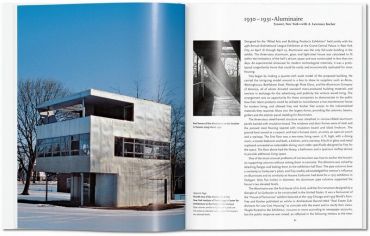
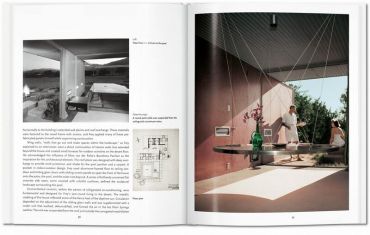
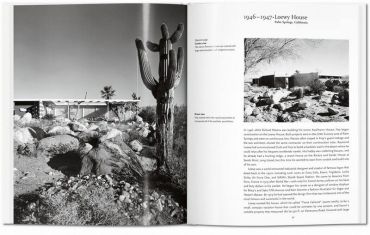
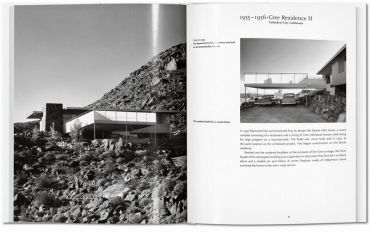
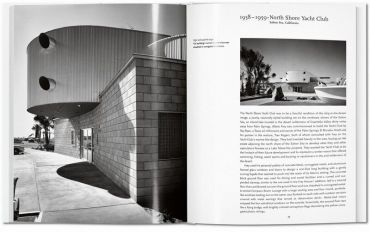

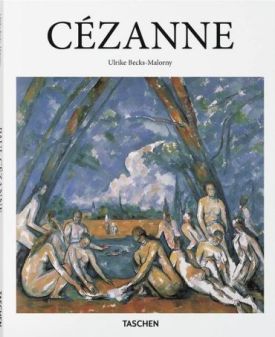
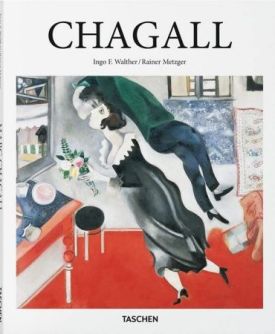
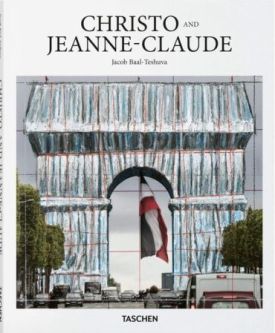

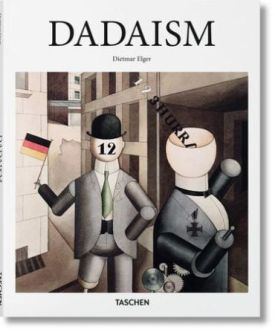
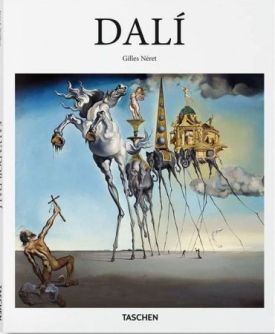
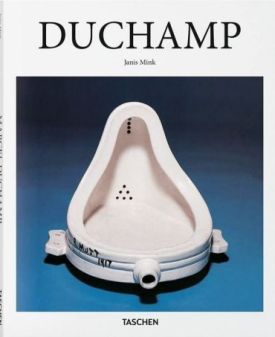
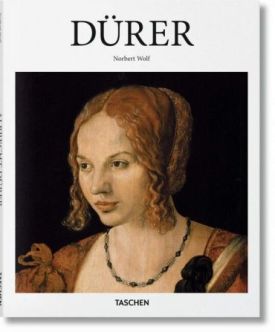
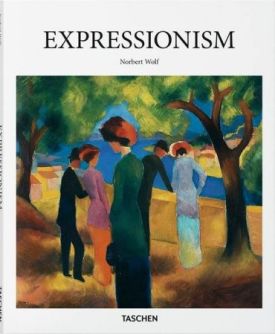
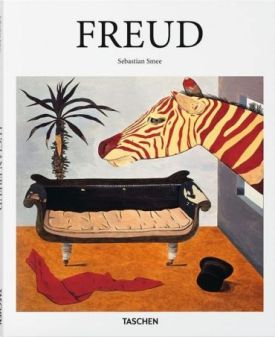
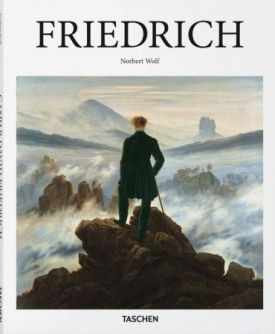
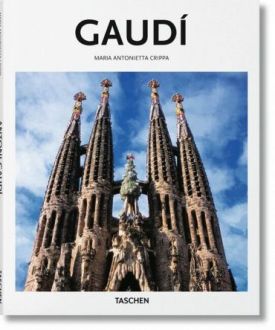
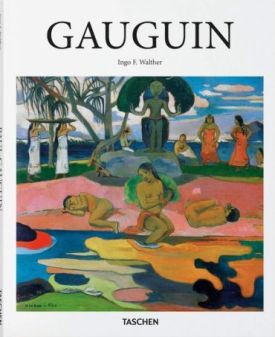


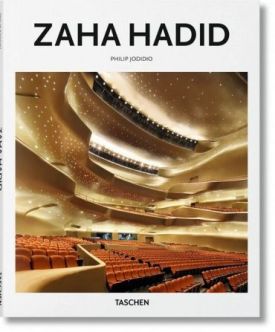
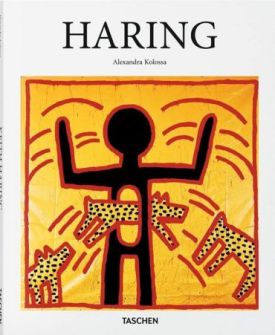
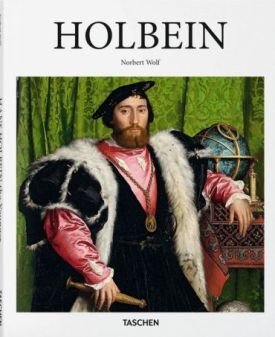
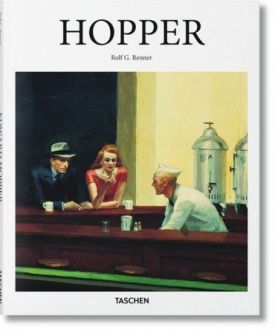
допоможіть тим, хто ще не читав